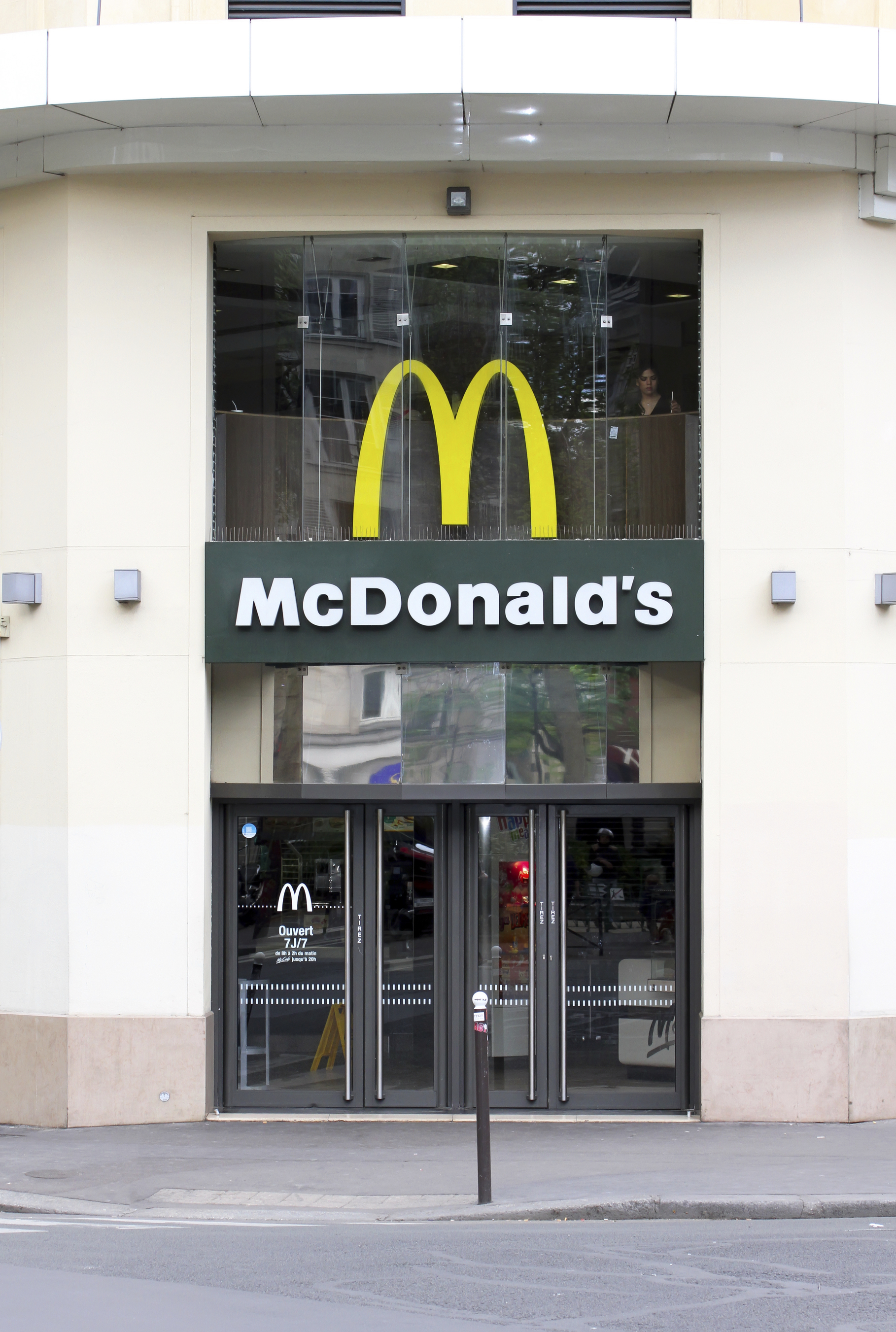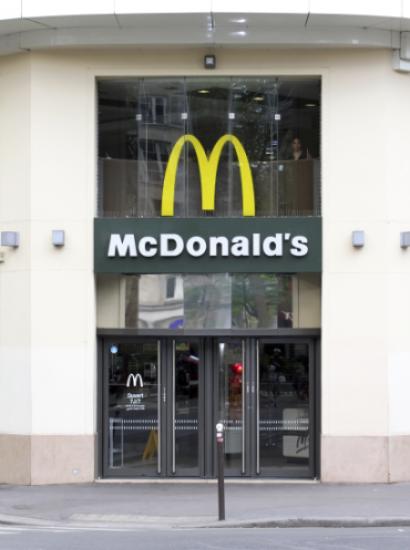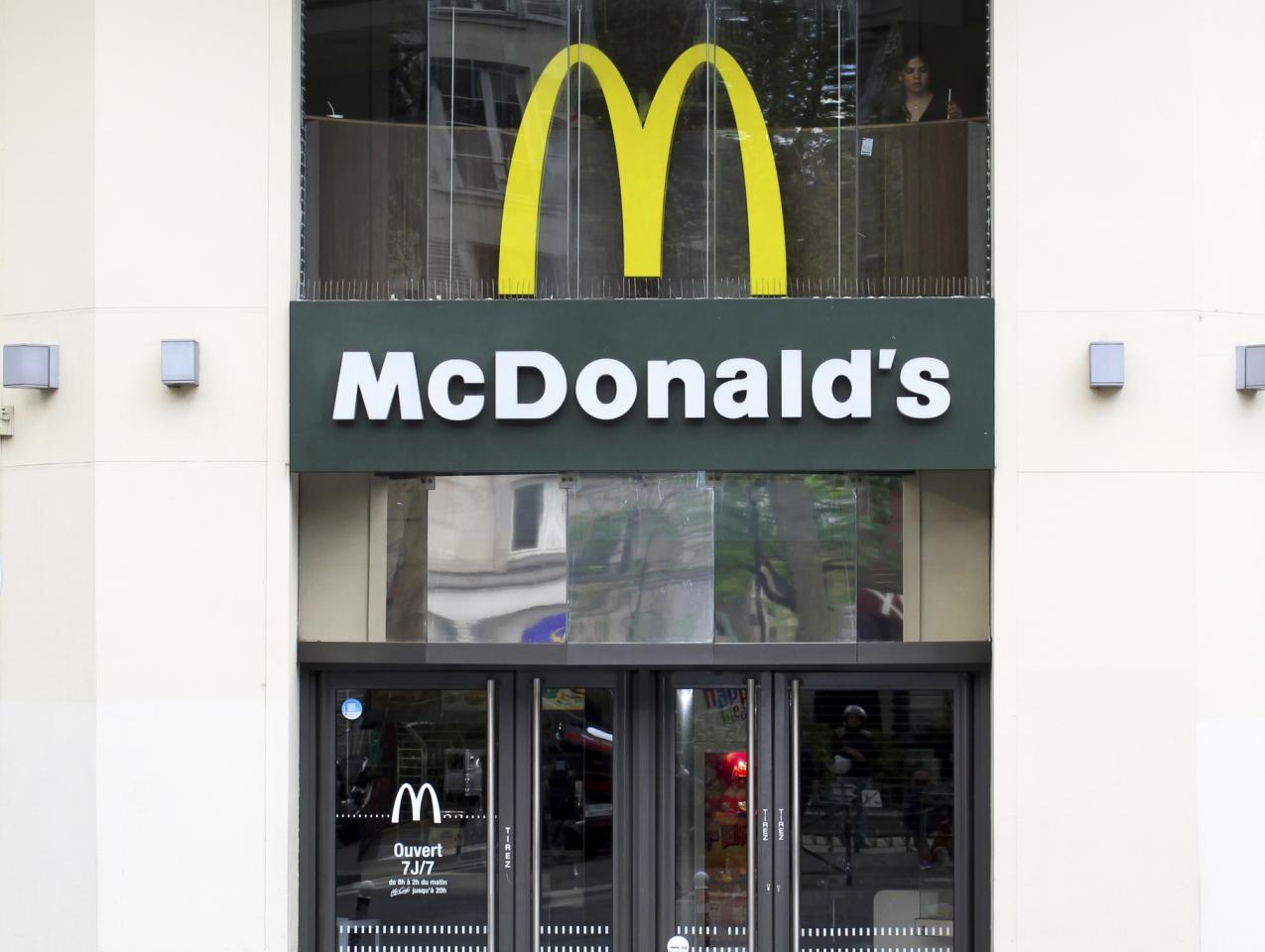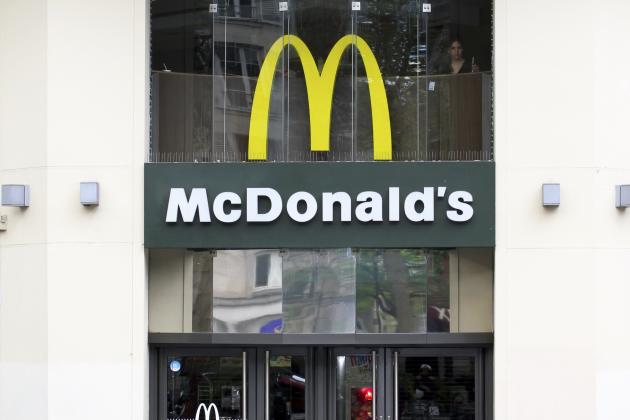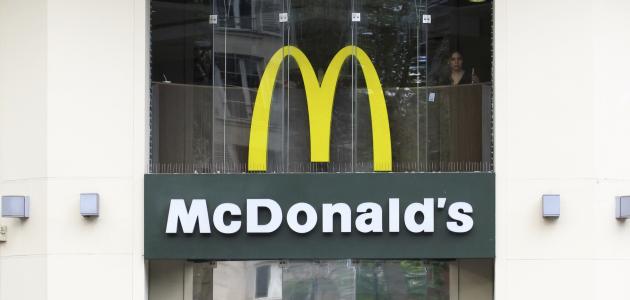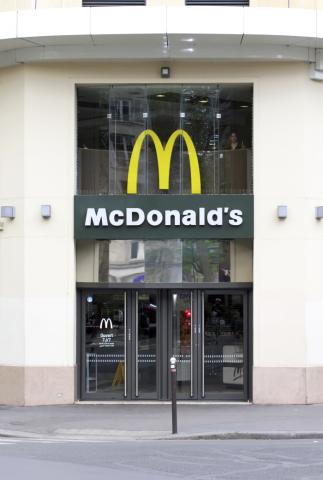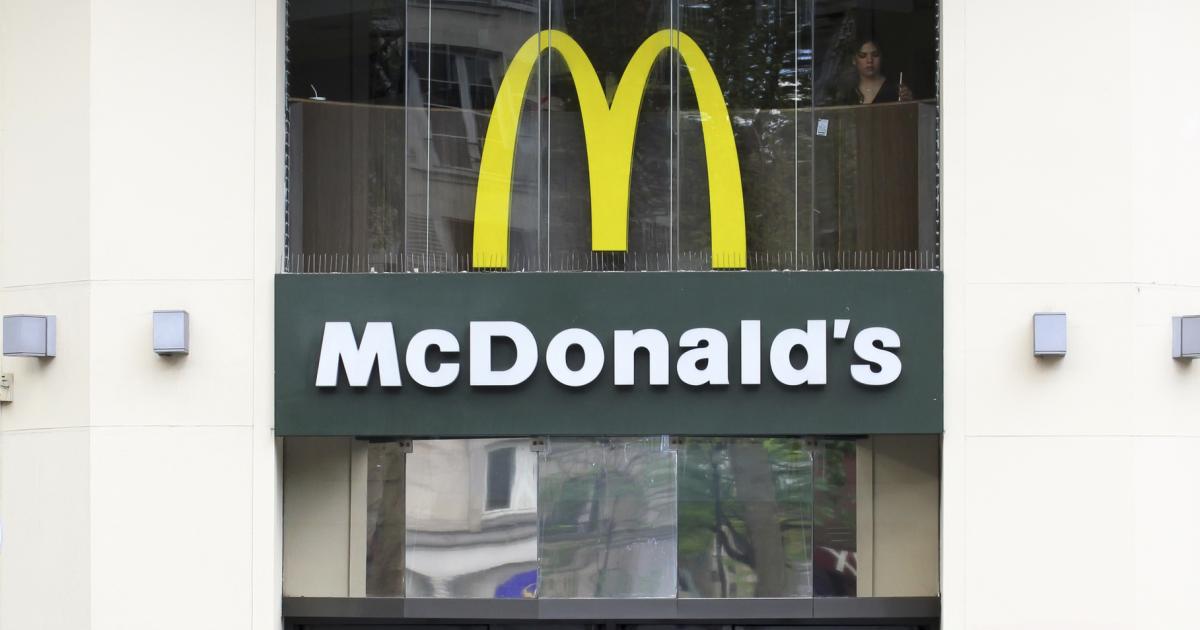At the time of publication, the author cited data reported by the Wall Street Journal, and interpreted those data as being seasonally adjusted. Following publication, those data were identified as not being seasonally adjusted, the article has been retracted to avoid any misinformation that can be attributed to the article.
If you would like a copy of the original article, please email here.







